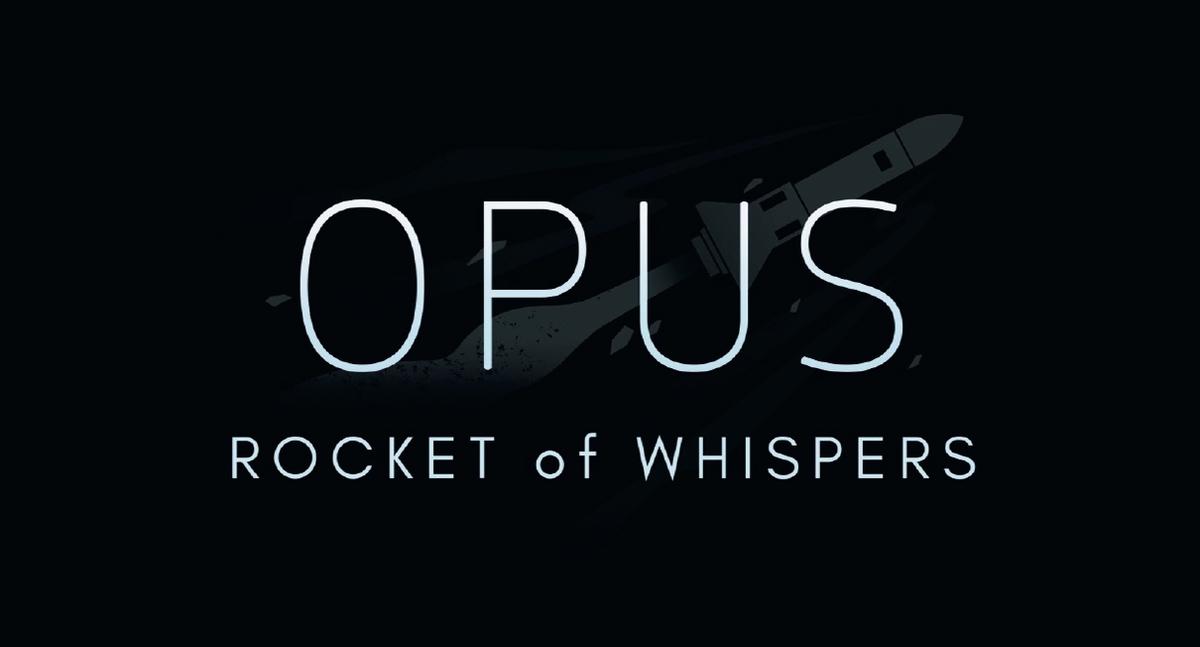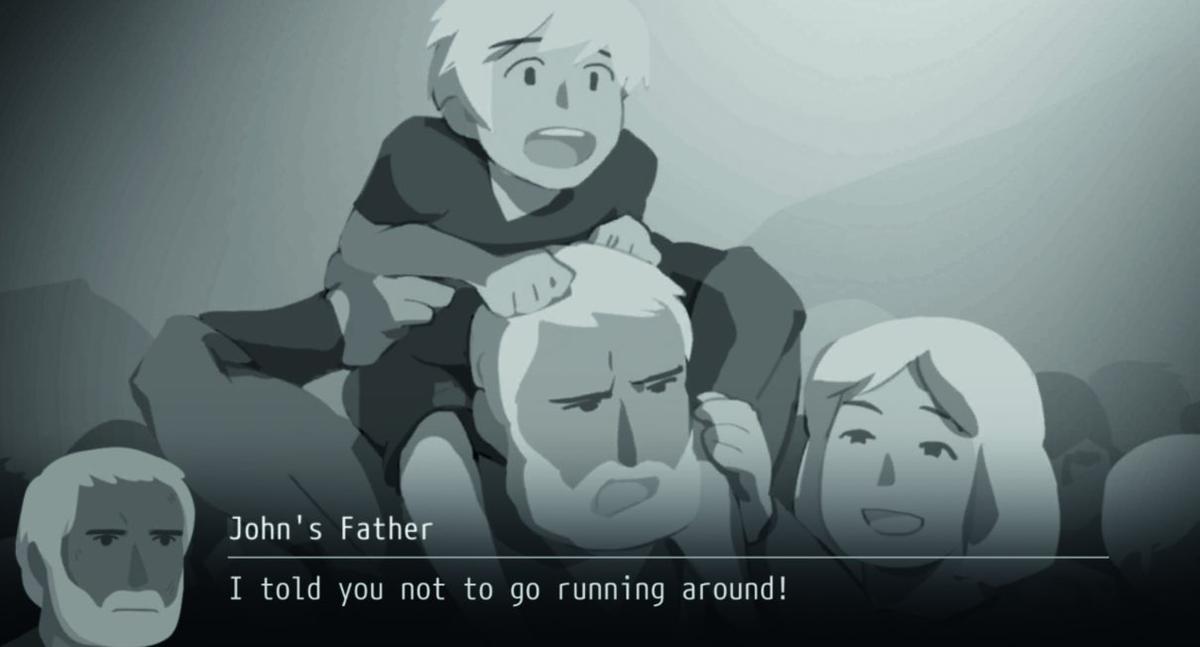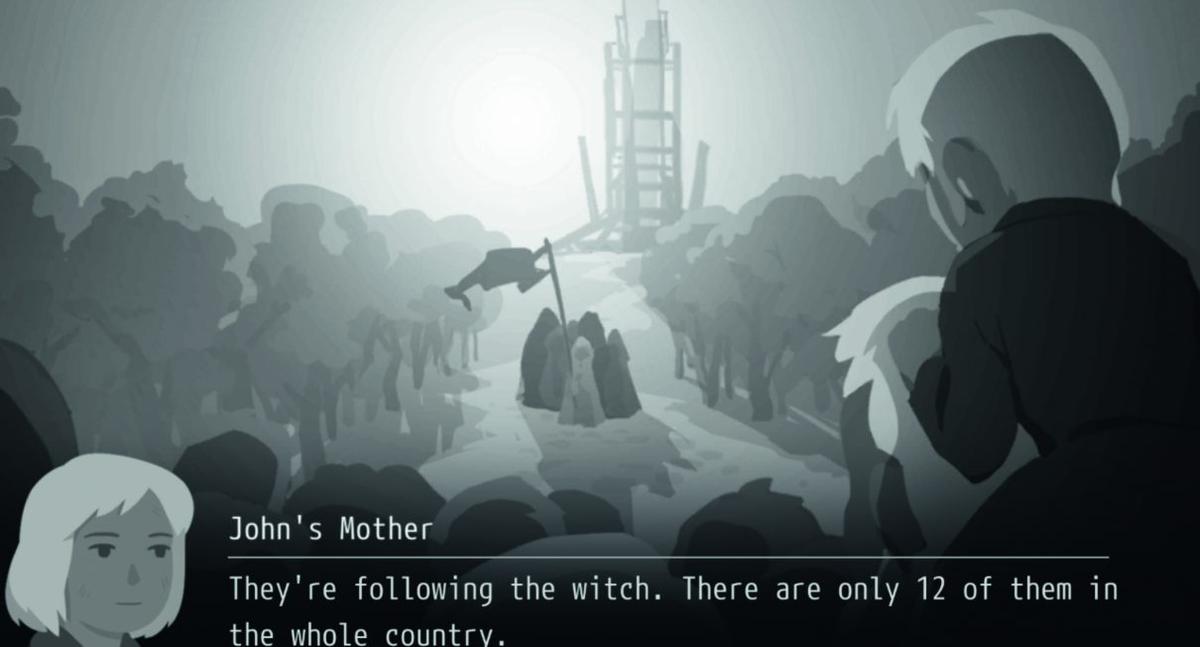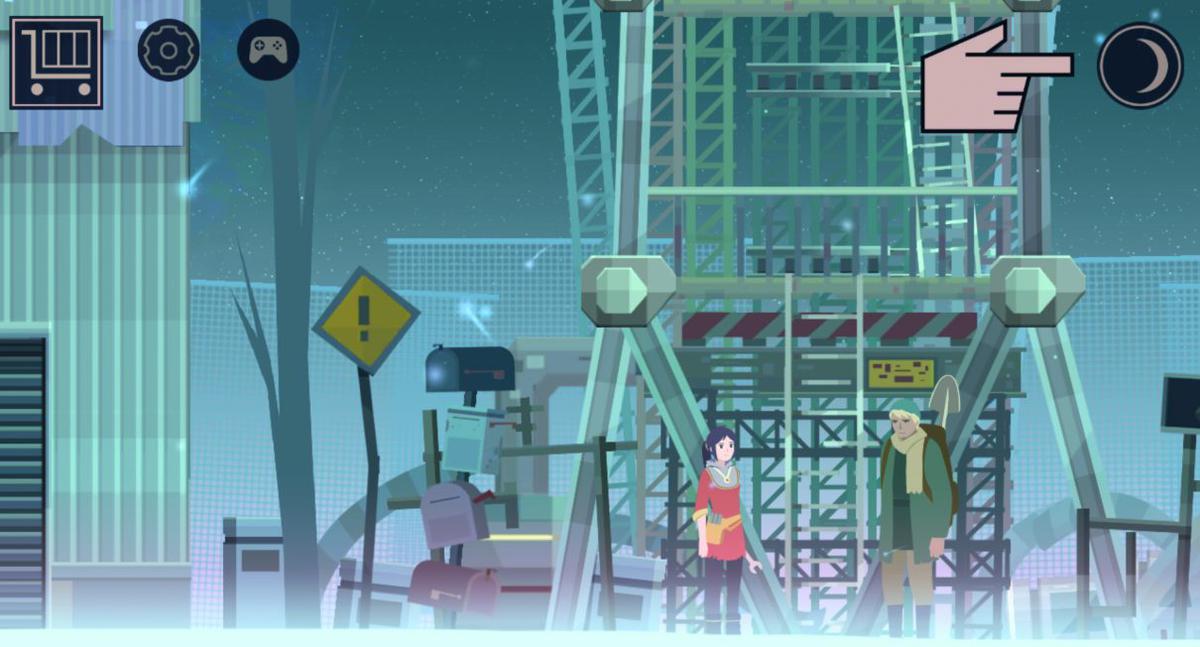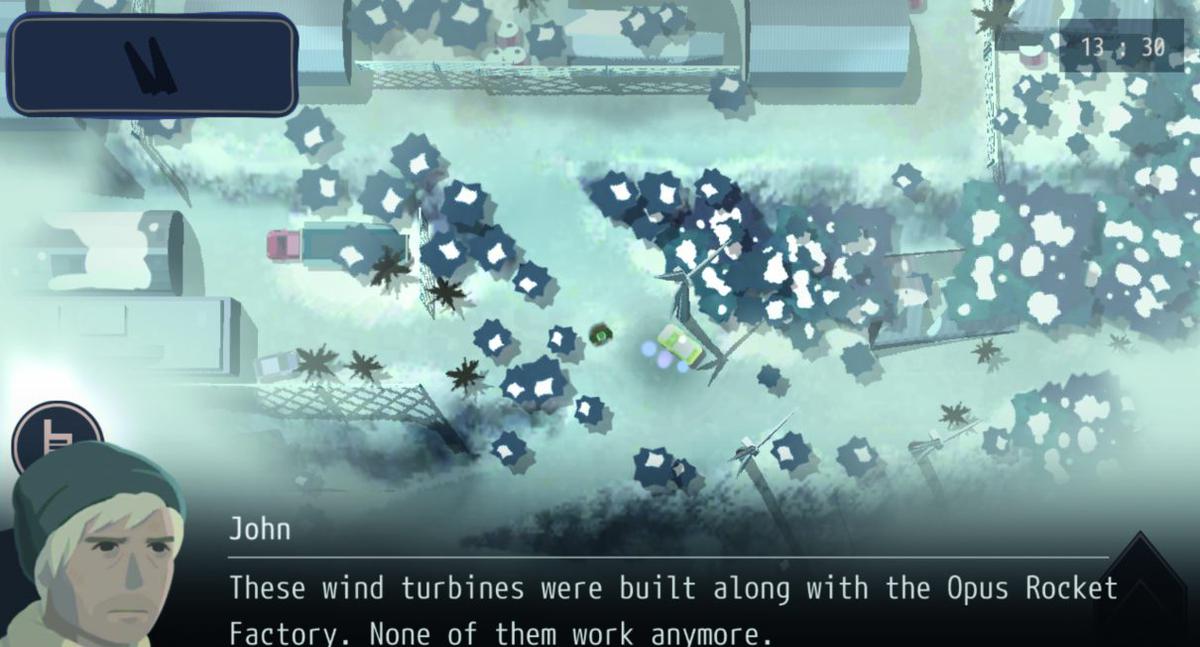There are two kinds of gamers: those who want to get in the heart of action from the get go, and those who enjoy a good narrative along with the game. If you connect the most with the latter, then OPUS: Rocket of Whispers is a title you should consider.
Rocket of Whispers is a follow up to SIGONOs OPUS: The Day We Found Earth, which is also a story-driven game with engaging graphics. The game opens with a scene that introduces the overarching plot of the title. The player gets introduced to the main character through a beautifully weaved series of flashbacks. The game is set in an unknown world, far in the future, and is populated by a community of cosmic worshippers.
It begins with John Mason, as a child, getting all worked up for what is revealed as a traditional space burial. Together with his mother and father, they climb all the way up to watch the ceremony at the launch site. Upon reaching the area, significant information for the player to take note of are shown through gripping graphics. The community which John belongs to, believes in launching the departed into space, hence the term space burial. The spirits are guided by ‘witches’ back to the stars. These witches are gifted women whose responsibility is to conduct space burials. A young John, fascinated by this practice, expressed his desire to become a witch but his mother reiterated that only women get to be witches and that he should be like his dad, a rocket engineer. The mom further stated that without rockets, made in the Mason family-owned rocket facility, space burials wouldn’t be possible. This made young John eventually want to become a rocket engineer. The frame then cuts to a diary entry from John: “That was my last memory of space burials.”
With an opening that is sure to stir curiosity, the player is hooked with a rich narrative, made challenging with various quests to fulfill.
The player then gets transported to the game’s present, which is said to be 25 years after the plague. At this point, the player still has no idea as to what caused the plague apart from bits of information such as a strain of flu revealed early on. The game’s focus now is on grown up John, who seems to have developed a spiteful personality, and Fei, the last witch who survived through cryogenic freezing, both controlled by the player alternately. The premise of the game is to send wandering spirits in this post-apocalyptic world to space by creating a rocket.
John, with his background in rocket engineering, is tasked with gathering materials from across the desolate, snowy game landscape, while Fei works on assembling the gathered pieces together in the abandoned Opus rocket factory. What makes the game interesting apart from its ‘search and assemble’ element is that through each material gathered, the story behind the demise of this nation is revealed.
The player controls John from a top-down view, scavenging the game area and interacting with glowing orbs (spirits) that whisper either clues that reveal the location of materials or statements that trigger John’s anxiety. Once the player has gathered needed items, John can return to the factory and turnover controls to Fei for assembling. Tapping the night symbol signals the start of a new day, which is another day for John to scavenge. If the player has John search longer than he’s allowed to, ghosts will close in on him, making him panic, which in-game translates to a blacked out screen. You wouldn’t want that.
In game purchases include the full story, clothing items, furnishings, equipments, pets, and soul stones. There are also bundles that offer the full game story along with items to help the player easily progress in the game.
OPUS: Rocket of Whispers is a game that will keep you on your toes then tug at your heartstrings with its compelling story married with mood stimulating music and well-drawn graphics. Consider playing this game during the upcoming holidays as it will surely consume a lot of your time.
Also published in GADGETS MAGAZINE November 2017 Issue
Words by Mia Carisse Barrientos
Developer: SIGONO | Platforms: iOS and Android
